from Examiner.com
When it comes to gaining attention from the media-consuming public, there’s one universal rule: Sizzle sells.
But when that media is news, and the issue is controversial, the quest for the attention-grabbing story frequently results in different versions of events making it on the air.
Case in point: Drones. They’re a hot-button issue right now, what with the Federal Aviation Administration considering permanently prohibiting commercial civilian drone use and putting limits on even the most casual of hobbyists. Many worry technology once exclusively in the hands of military and surveillance agencies is now so relatively inexpensive and easy to obtain it threatens the privacy and safety of all U.S. citizens.
It’s an easy sell for newscasts: Find a story about a drone getting into trouble and report. Instant attention-grabber.
This is the story of one recent incident involving a drone, but two entirely different reports delivered by respected news outlets. It’s also a story about how the media may affect the discussion of civilian drones in the minds of the non-drone-flying public and, ultimately, the federal government.
The event in question concerns a tourist, a drone and the Seattle Space Needle.
According to Seattle Police Department’s blotter, officers were called just before 8:30 p.m. on Tuesday by Space Needle security personnel reporting that several guests had seen a small drone “buzz” the top of the Needle and possibly crash into an observation-deck window.
Officers were dispatched to the scene, where they found no drone and no damage to the structure.
Security staff then pointed out a fifth-floor window in a nearby hotel and identified it as the location where the drone landed.
Officers went to the hotel and contacted the man inside the room. He was identified as an Amazon employee visiting from out of state who’d recently purchased his drone at a hobby shop. When asked about a collision with the Space Needle, the man showed them video the drone captured in flight, and authorities agreed that no collision occurred.
The man apologized for his actions and promised not to fly it again.
It’s an interesting tale, but ultimately it was pretty boring by crime-reporting standards; witnesses reported something suspicious, one or more of them may have been mistaken (or were misunderstood by the person who reported it), and no crime was committed.
Had this been a story about something more mundane than drones, like a homeowner crawling through a window after he’d locked himself out, it wouldn’t have made national news.
But drones are a hot-ticket item in newsrooms. And when you’ve got a drone, an Amazon employee, a beloved landmark and reports of a crash, that spells sizzle.
Numerous outlets covered the incident. But what’s curious about this story isn’t the incident itself but how differing news agencies reported it.
Two examples: NBC Nightly News and CBS’ San Francisco affiliate station, KPIX.
Though the incident occurred on Tuesday, both newscasts aired reports on it three days later, on Friday.
NBC Nightly News’ report began with anchor Brian Williams. “If you haven’t seen them, it’s only a matter of time,” he said. “Drones are popping up all over the place as more and more people are able to purchase the unmanned aircraft and send them aloft with cameras attached. This week one of them came very close to the most famous landmark in Seattle.”
The segment then explained the incident fairly closely to that offered up by the police blotter, showing the actual video the drone captured, with Space Needle visitors smiling and waving, and calling the images “stunning” and “breathtaking.”
The report noted that the drone did not hit the Space Needle, even going so far as to show Seattle Police Department’s lighthearted post-event tweet, “@space_needle still standing after reported drone strike,” with a link to the department’s police blotter outlining the events.
The story was then used to springboard into current struggles between the FAA and commercial and hobbyist drone users, offering comments from two prominent experts in the field of drone laws: well-known commercial drone- and UAV-law attorney Brendan Schulman and Mike Toscano, president of the Association for Unmanned Vehicle Systems International.
In quick one-sentence sound bites, both explained that civilian drones are a growing industry that has tremendous potential for the U.S. economy and that it is under federal scrutiny from regulators.
Contrast NBC’s report with that of KPIX.
Two hours before NBC’s Nightly News aired, KPIX’s segment presented a very different series of events.
“Seattle’s most iconic landmark is still standing tall after a man reportedly crashed his drone into it,” began KPIX evening anchor, Elizabeth Cook. “Witnesses tell police the drone was buzzing around the top of the Space Needle when it crashed into an observation-deck window.”
While technically accurate—witnesses did say the drone crashed into the window—Seattle’s police blotter readily shows those reports were unfounded. That fact, however, was excluded in KPIX’s version of the story.
Sizzle sells.
Over low-definition stock footage video and some still shots of the hotel window and the Space Needle, the banner on the bottom of the screen read: “Amazon employee crashes drone into Space Needle.”
This is not a unique tale. Differing versions of events regularly happen in the news. One station might say a gunman is at large while another might report he or she is in custody. During elections, different outlets may call the winners of races differently and at different times.
But this event occurred almost two full days before these reports aired—more than enough time to source the information, which was readily available on the very website the Seattle Police Department included in its funny tweet.
Yet one newscast reported the complete details, while the other omitted them.
In most cases, shading a story one way or another in order to gain a bit of attention can be harmless. In matters concerning drones, radio-controlled aircraft and UAVs, however, these very news stories are being closely watched by the FAA as it wrestles with how to regulate this burgeoning technology.
Sizzle does a lot more than grab attention, it may actually affect future federal law.
This event at the Space Needle is only one of many recent incidents portrayed differently by different news organizations. Earlier this month, numerous outlets reported an altercation between a New York Police Department helicopter and a drone. While most reported only the helicopter pilots’ version of events, only a few noted that recordings of air-traffic-control radio indicate the drone was more than a football field away from the helicopter and that the helicopter pursued the drone. The FAA is investigating the incident.
The big-picture issue in events like those in New York and Seattle isn’t so much about who was at fault in these incidents. In the words of Monte Python, it’s not about “who killed whom.” That is for authorities to decide and adjudicate.
Continue Reading at Examiner.com…
Alan is serial entrepreneur, active angel investor, and a drone enthusiast. He co-founded DRONELIFE.com to address the emerging commercial market for drones and drone technology. Prior to DRONELIFE.com, Alan co-founded Where.com, ThinkingScreen Media, and Nurse.com. Recently, Alan has co-founded Crowditz.com, a leader in Equity Crowdfunding Data, Analytics, and Insights. Alan can be reached at alan(at)dronelife.com

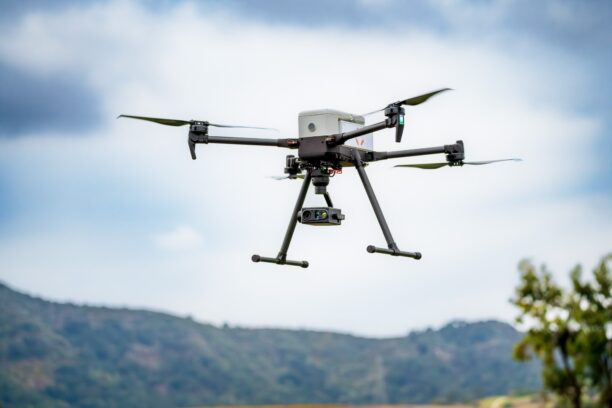
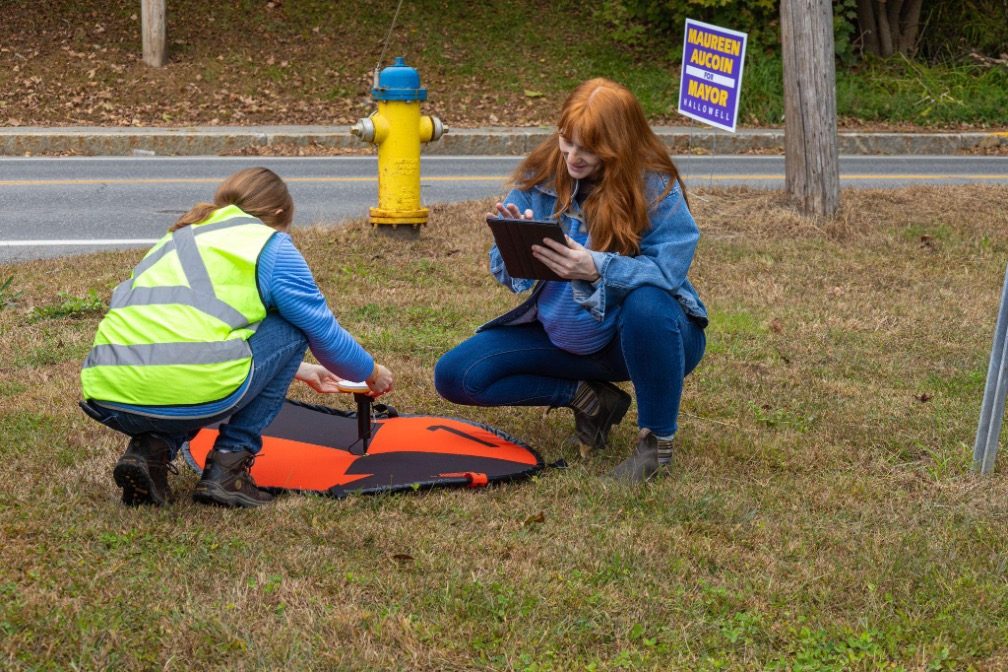
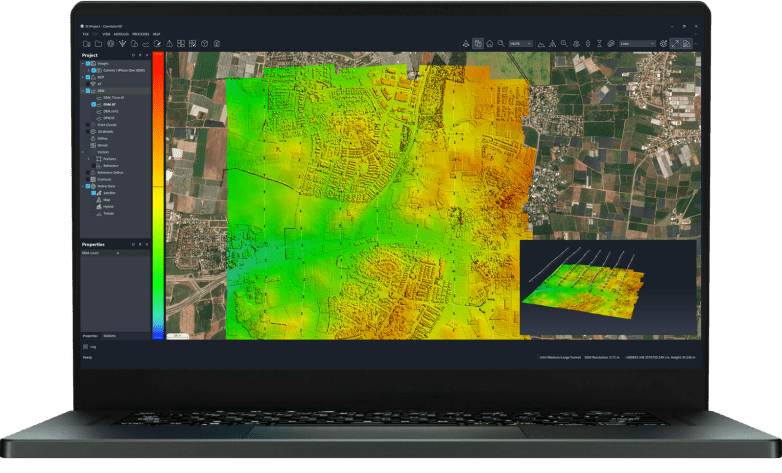
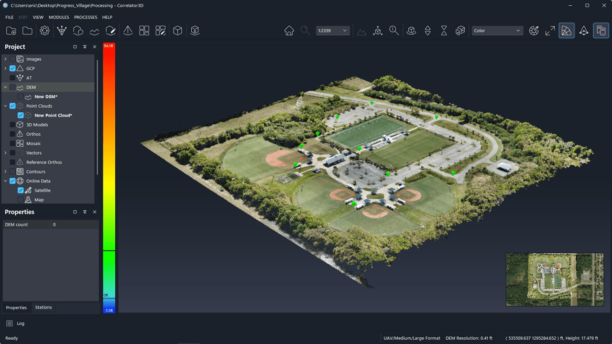
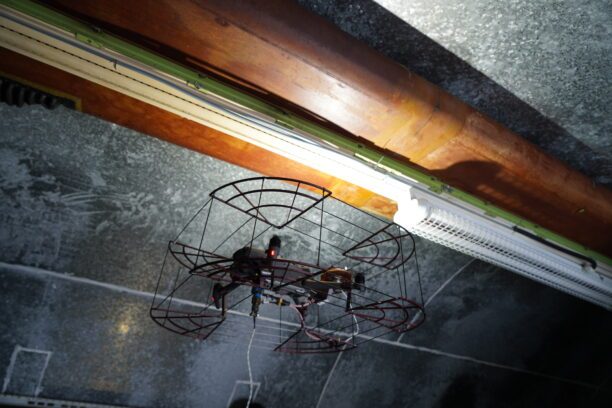
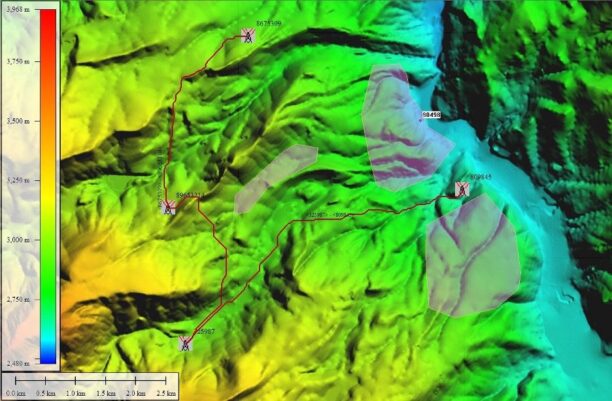
Leave a Reply